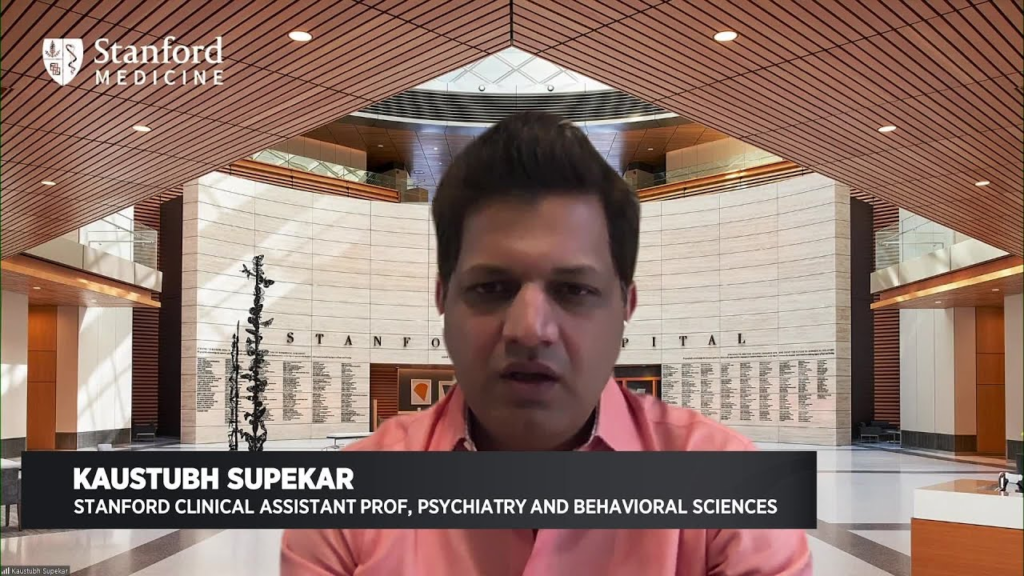
CBS News Bay Area’s Amanda Starrantino talked with Kaustubh Supekar, one of the co-authors of a new Stanford Medicine study that examines differences in the brains of autistic girls and boys and explains why autism symptoms differ.

The world puts autistic people into two boxes: those seen as “different” and those seen as “disordered”. Let me be perfectly clear: I do not believe in perceptions. The world holds are useful. That said…I DO think terms like “profound autism” can be useful in securing the additional support required by folks who fit this category. People on the spectrum who are MOST vulnerable are the LEAST represented…and that needs to change!
